Understanding Different Methods and Options For Family Planning
Most couples that start a new life together wish to plan their future on their own terms. Family planning is a very crucial aspect of planning your future. It provides you a roadmap for your reproductive future. If you’re looking for family planning in Long Beach then you have come to the right place! In this blog, we will explore the various family planning options. So that you can choose the one that fits you best. Let’s get started!
Areas of Family Planning:
Family planning is very vasts. It extends far beyond just contraception. Here are the key areas it covers:
- Birth Control: This is the most well-known aspect of family planning. It involves methods to prevent unwanted pregnancy. It also allows you to space pregnancies intentionally and plan next pregnancy according to your choice.
- Fertility Awareness: These methods are simple. They help you track your fertile window, so that you can plan conception or avoid it naturally.
- Preconception Health: This involves improving your physical and mental health before attempting pregnancy. So that you can get a healthy outcome.
- Family Building Options: This involves various options for creating a family, including adoption, fostering, and assisted reproductive technologies (ART)
Exploring Birth Control Methods:

Birth control offers a wide range of options. All these methods have their unique advantages and considerations. Let’s look at the most common methods:
- Hormonal Methods: These methods regulate hormones to prevent ovulation or sperm fertilization. The methods include pills, patches, implants, injections, and vaginal rings. They are highly effective when used correctly. They can have some side effects like mood swings or irregular bleeding for some users.
- Barrier Methods: These methods physically block sperm from reaching the egg. Some of the popular options are condoms (male and female), cervical caps, and diaphragms. They are easily available, non-hormonal, and offer some protection against sexually transmitted infections (STIs). They might have lower effectiveness rate as compared to hormonal methods.
- Intrauterine Devices (IUDs): These are T-shaped devices, that are inserted into the uterus to prevent pregnancy. They are long-lasting and highly effective. You just need to consult a healthcare professional for insertion and removal.
- Sterilization: This is a permanent form of birth control for men (vasectomy) and women (tubal ligation). It’s a highly effective. You should only consider this option if you are 100% sure about not wanting a pregnancy as it’s not reversible.
Fertility Awareness-Based Methods (FABMs):

FABMs help you to understand your fertility cycle and track your fertile window. Here are some popular methods:
- Basal Body Temperature (BBT): You need to monitor your waking body temperature daily to identify ovulation when there is a slight temperature rise.
- Cervical Mucus Tracking: Observe changes in the consistency and amount of cervical mucus. This can also help in tracking your fertile window.
- Calendar Methods: These methods involve tracking menstrual cycles to predict ovulation but are less reliable than other FABMs.
While FABMs are natural, they require discipline and accurate tracking. Additionally, they are less effective than hormonal methods and may not be suitable for everyone. Especially if you have irregular menstrual cycles, you should choose from other options.
Preconception Health:
Preconception health is crucial for a healthy pregnancy and future baby. These are a few ways to improve your health before conception:
- Preconception checkup: Schedule a preconception checkup with your doctor. Discuss your medical history, family health background, and any existing conditions.
- Maintain a healthy weight: Being overweight or underweight can have adverse effect on fertility.
- Adopt a balanced diet: Make sure you are getting all the essential nutrients.
Consume a diet rich in fruits, vegetables, whole grains, and lean protein
- Take folic acid: This B vitamin helps prevent birth defects in the brain and spine.
- Manage chronic health conditions: Make sure that your existing conditions like diabetes or high blood pressure are under control.
Family Building Options:

There are some other Family planning options to create a family:
- Adoption: Adoption provides a loving home for children in need. There are different types of adoption, such as domestic adoption, international adoption, and foster care adoption. You can choose any of these options.
- Fostering: You can become a foster parent and provide temporary care for children who cannot live with their biological parents.
- Assisted Reproductive Technologies (ART): This option includes medical procedures used to help people conceive.
Conclusion:
Family planning is very important for a secure future. If you can do proper family planning, there’s a high chance that you would not have to worry about unwanted pregnancies or other problems. By the help of family planning you can also keep a check on your reproductive health. If you are looking for family plannig in Long Beach, make sure to thoroughly research all your options. If you are not confident with it, you can also consult an expert. Embrace the journey and Secure your future with family planning.

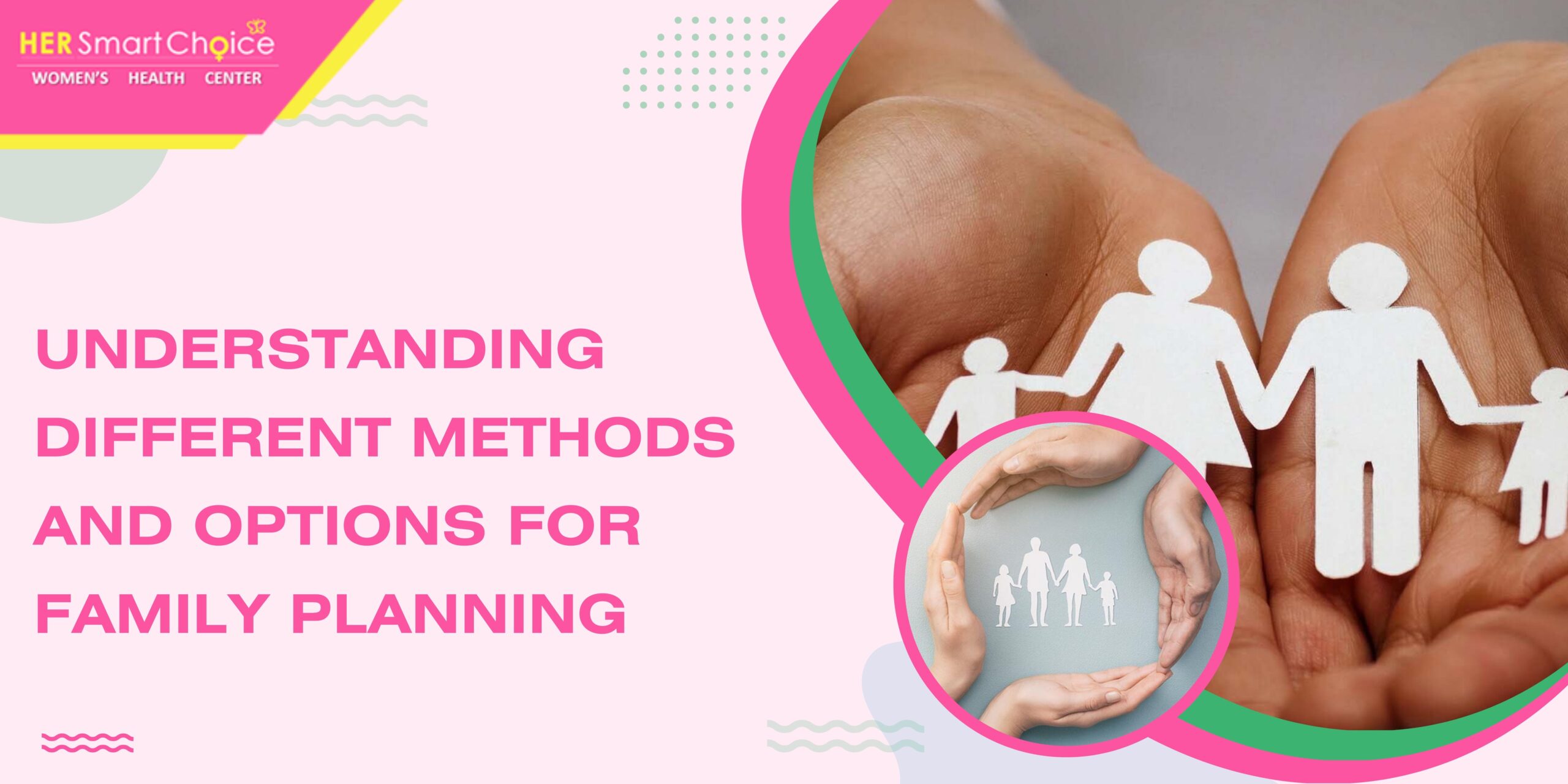


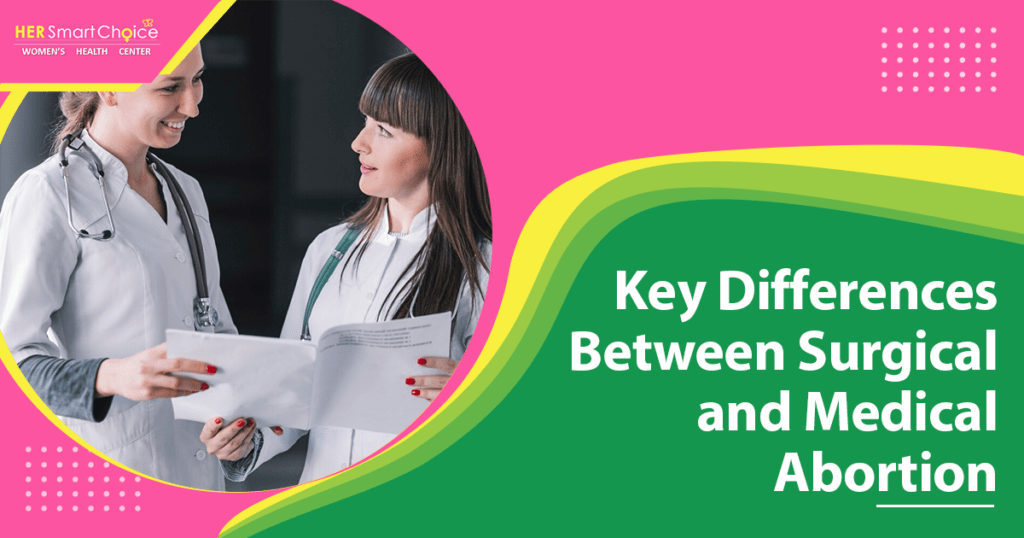

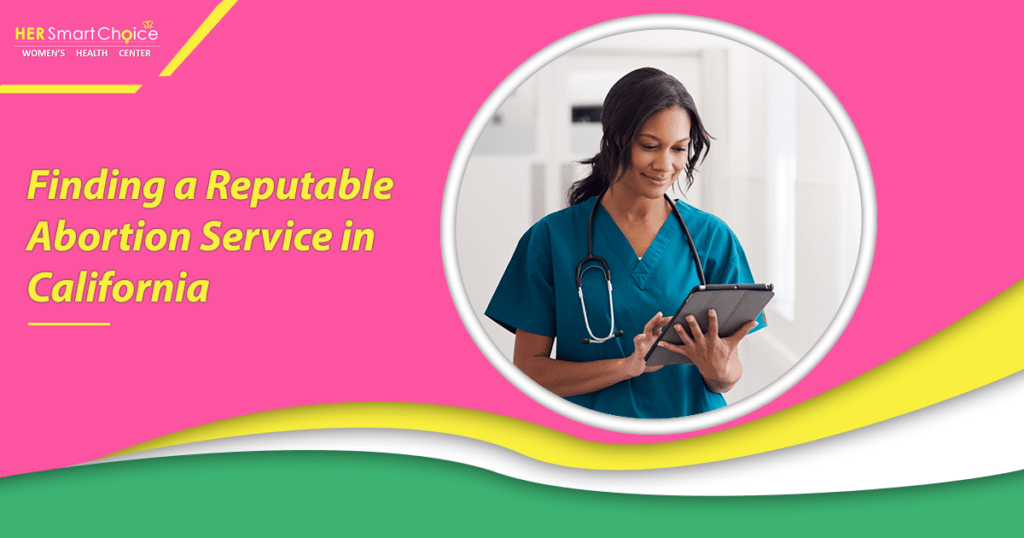


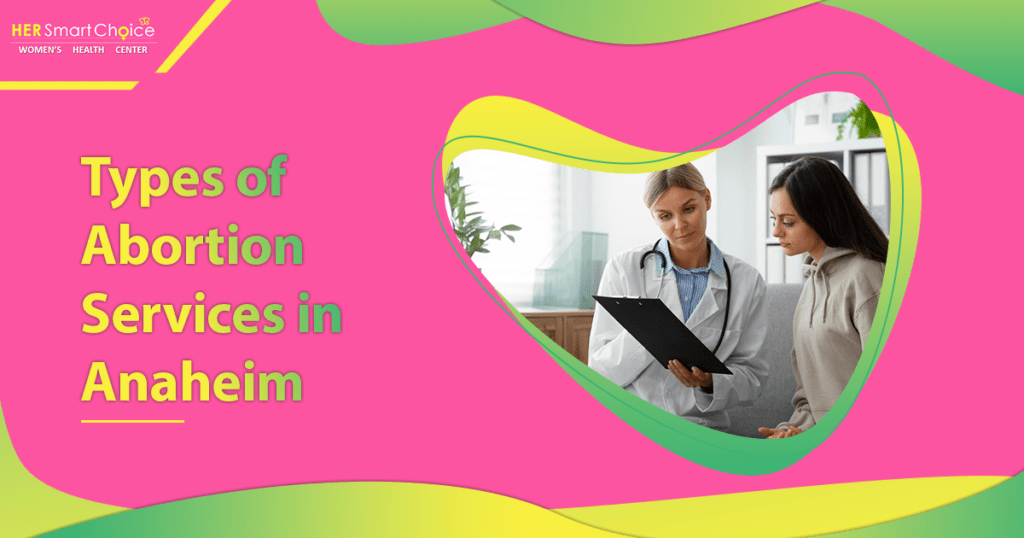
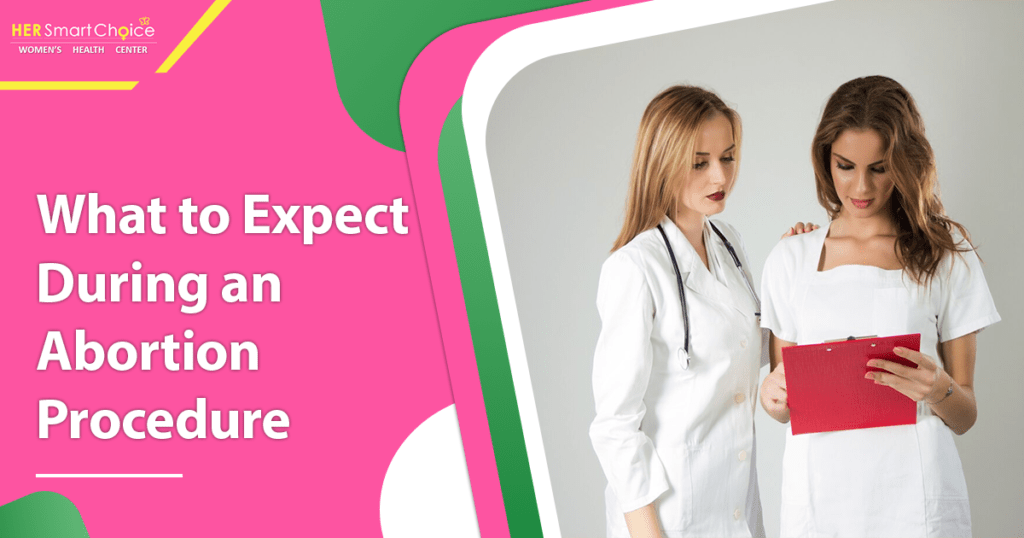




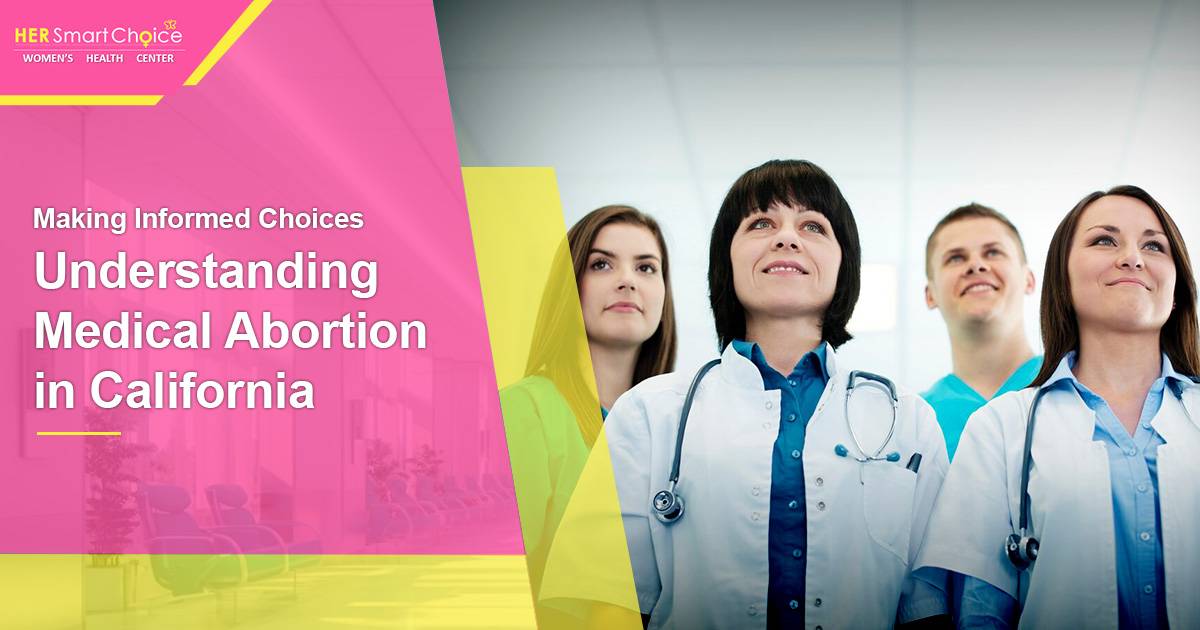
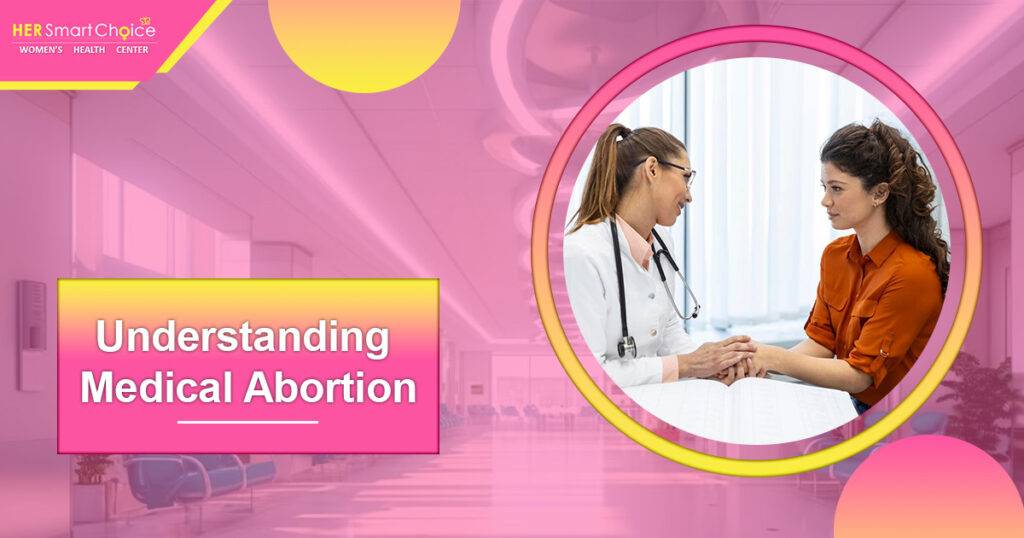



 After an abortion, your body begins the process of returning to its pre-pregnant state. The timeframe for this varies depending on the type of abortion (medical or surgical) and your individual health. Here’s a general overview:
After an abortion, your body begins the process of returning to its pre-pregnant state. The timeframe for this varies depending on the type of abortion (medical or surgical) and your individual health. Here’s a general overview:


 Whether you’re a teenager experiencing your first period or a mature woman facing menopause, your first gynecologist visit can be filled with nerves and uncertainties. This is completely normal! Remember, gynecologists are dedicated to your well-being and understand the anxieties surrounding these visits.
Whether you’re a teenager experiencing your first period or a mature woman facing menopause, your first gynecologist visit can be filled with nerves and uncertainties. This is completely normal! Remember, gynecologists are dedicated to your well-being and understand the anxieties surrounding these visits. During your first visit, your gynecologist will likely:
During your first visit, your gynecologist will likely:







 Ectopic pregnancies demand a distinct approach due to their nature of implantation in areas unsuitable for sustaining a viable pregnancy. While abortion procedures are a safe and legal option for pregnancies within the uterus, they are not equipped to address the complexities presented by ectopic pregnancies. Recognizing these limits is essential in ensuring that individuals with ectopic pregnancies receive timely and appropriate medical care tailored to their specific needs.
Ectopic pregnancies demand a distinct approach due to their nature of implantation in areas unsuitable for sustaining a viable pregnancy. While abortion procedures are a safe and legal option for pregnancies within the uterus, they are not equipped to address the complexities presented by ectopic pregnancies. Recognizing these limits is essential in ensuring that individuals with ectopic pregnancies receive timely and appropriate medical care tailored to their specific needs.

